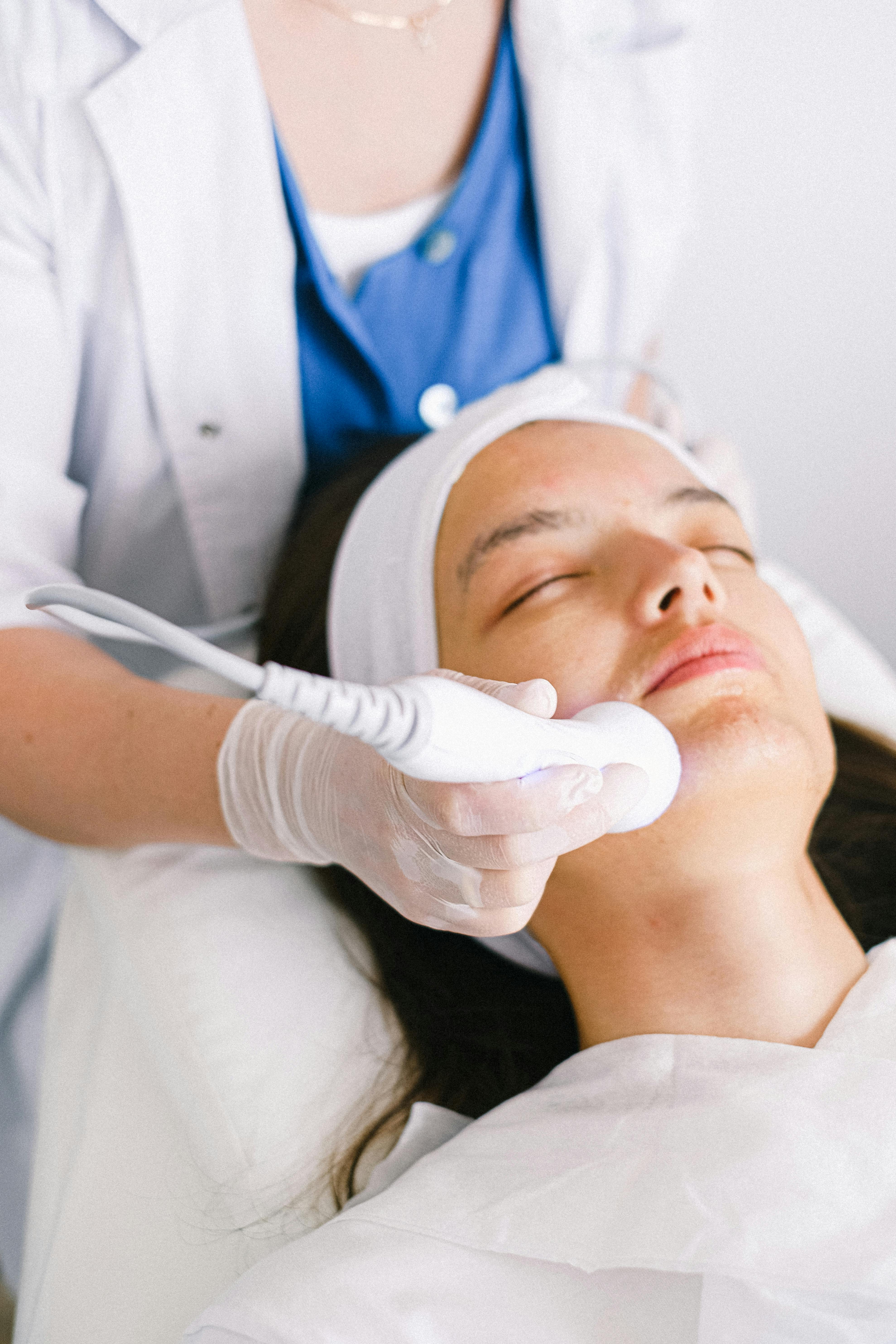Laser Skin Treatments and How Clinics in the US Are Using Them
Laser skin treatments are widely used in the US to address common skin concerns such as pigmentation, scarring, and signs of aging. Understanding how these treatments work and what clinics typically offer can help individuals make informed decisions about their skincare.

How do laser skin treatments work?
Laser skin treatments work by delivering concentrated beams of light energy to specific areas of the skin. This energy is absorbed by the target tissue, which can be pigmentation, blood vessels, or water in the skin cells. The absorbed energy causes controlled damage to the targeted area, triggering the body’s natural healing process. As a result, new, healthier skin cells replace the damaged ones, leading to improved skin texture, tone, and overall appearance.
What types of laser treatments are available in US clinics?
US clinics offer a variety of laser treatments to address different skin concerns. Some of the most common types include:
-
Fractional lasers: These treatments create tiny, controlled injuries in the skin to stimulate collagen production and improve overall skin texture.
-
IPL (Intense Pulsed Light): While not technically a laser, IPL treatments use broad-spectrum light to target pigmentation and redness.
-
CO2 lasers: These powerful lasers are used for more aggressive treatments, such as deep wrinkle reduction and scar removal.
-
Nd:YAG lasers: Often used for hair removal and treating vascular lesions, these lasers can penetrate deeper into the skin.
-
Erbium lasers: These are gentler than CO2 lasers and are often used for fine lines, wrinkles, and superficial skin resurfacing.
What skin conditions can laser treatments address?
Laser skin treatments are versatile and can address a wide range of skin concerns. Some of the most common conditions treated with lasers include:
-
Fine lines and wrinkles
-
Sun damage and age spots
-
Acne scars and other types of scarring
-
Uneven skin texture and tone
-
Unwanted hair
-
Vascular lesions, such as spider veins and rosacea
-
Tattoo removal
-
Stretch marks
What should patients expect during a laser treatment session?
During a laser treatment session, patients can typically expect the following:
-
Skin preparation: The treatment area will be cleansed, and a topical numbing cream may be applied for comfort.
-
Eye protection: Both the patient and the practitioner will wear protective eyewear to shield against the laser light.
-
Treatment application: The laser device will be passed over the treatment area, with sensations ranging from mild warmth to brief, sharp pulses, depending on the type of laser used.
-
Duration: Sessions can last anywhere from 15 minutes to over an hour, depending on the treatment area and type of laser.
-
Aftercare instructions: Patients will receive guidance on how to care for their skin post-treatment, including sun protection and moisturizing.
What are the latest advancements in laser skin treatments?
Recent advancements in laser skin treatments have focused on improving efficacy while minimizing downtime and side effects. Some notable innovations include:
-
Combination treatments: Clinics are now offering customized treatment plans that combine different types of lasers to address multiple skin concerns simultaneously.
-
Picosecond lasers: These ultra-short pulse lasers are highly effective for tattoo removal and treating pigmentation issues with less risk of heat damage to surrounding tissue.
-
Non-ablative fractional lasers: These devices create microscopic treatment zones in the skin, allowing for faster healing and less downtime compared to traditional ablative lasers.
-
Smart laser systems: Advanced technology now allows for real-time monitoring of skin temperature and automatic adjustments to ensure optimal treatment parameters.
-
Skin cooling systems: Integrated cooling mechanisms help improve patient comfort and reduce the risk of side effects during high-energy laser treatments.
What should patients consider before starting laser skin treatments?
Before undergoing laser skin treatments, patients should consider the following factors:
-
Skin type and condition: Not all lasers are suitable for all skin types or conditions. A consultation with a qualified practitioner is essential to determine the most appropriate treatment.
-
Number of sessions: Many laser treatments require multiple sessions for optimal results. Patients should be prepared for a series of treatments over several weeks or months.
-
Downtime: While many modern laser treatments offer minimal downtime, some more aggressive procedures may require a few days of recovery.
-
Cost: Laser treatments can be expensive and are often not covered by insurance when performed for cosmetic reasons.
-
Potential risks and side effects: While generally safe, laser treatments can have side effects such as redness, swelling, and temporary changes in skin pigmentation.
-
Practitioner qualifications: It’s crucial to choose a licensed and experienced practitioner who has specific training in laser treatments.
-
Maintenance: Some laser treatments may require periodic touch-ups to maintain results.
| Treatment Type | Average Cost Range | Number of Sessions | Typical Downtime |
|---|---|---|---|
| Fractional Laser | $1,000 - $5,000 | 3-5 | 1-7 days |
| IPL | $300 - $600 per session | 3-6 | 1-3 days |
| CO2 Laser | $3,000 - $6,000 | 1-2 | 7-14 days |
| Nd:YAG Laser | $200 - $800 per session | 4-6 | 1-2 days |
| Erbium Laser | $1,500 - $3,000 | 1-2 | 3-7 days |
Prices, rates, or cost estimates mentioned in this article are based on the latest available information but may change over time. Independent research is advised before making financial decisions.
In conclusion, laser skin treatments offer a wide range of options for addressing various skin concerns. As technology continues to advance, clinics in the United States are able to provide increasingly effective and personalized treatments. However, it’s important for patients to carefully consider their options, consult with qualified professionals, and have realistic expectations about the results and potential risks associated with these procedures.
This article is for informational purposes only and should not be considered medical advice. Please consult a qualified healthcare professional for personalized guidance and treatment.




